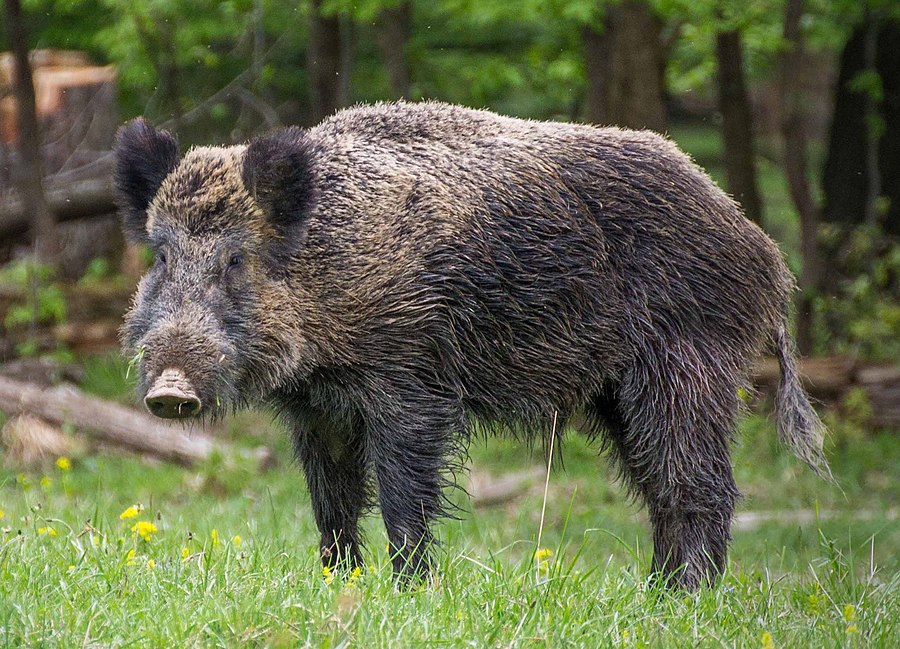Facts About Wild Boar, Pig, Hog
Wild boars, also known as wild swine or wild pigs, are fascinating creatures found across many parts of the world, including Europe, Asia, and North and South America. Due to human activities, they have spread extensively, making them one of the most adaptable and widely ranging mammals. Despite their abundance, wild boars are classified as "least concern" on the IUCN Red List. However, in some areas, they have become invasive, causing a variety of issues.
These animals originated in Southeast Asia during the Early Pleistocene and share a long history with humans. They are the ancestors of most domestic pigs and have been hunted for thousands of years. Wild boars live in matriarchal groups, with adult males usually living solitary lives except during the breeding season. Depending on their habitat, their primary predators include grey wolves, tigers, and Komodo dragons.
Wild boars exist in various subspecies, distinguished by features such as skull height. They are omnivores, consuming a wide range of foods, from roots and nuts to insects and small animals. Physically, they are robust animals with marked differences between males and females, including long tusks and thick coats.
These animals can thrive in diverse environments, from forests to deserts. They typically live in groups called sounders, led by an experienced female. Breeding usually occurs from November to January, with females typically giving birth to 4-6 piglets. Wild boars can carry various parasites and diseases, which pose risks to both wildlife and humans.
Culturally, wild boars hold significant value in many mythologies and heraldic symbols, often representing strength, bravery, and fertility. They are also hunted for sport and their meat, which is leaner and considered healthier than regular pork. However, they can cause substantial damage to crops and pose dangers to humans, particularly during the breeding season.

 India
India